The 10 Most Enduring Myths in American History
The 10 Most Enduring Myths in American History
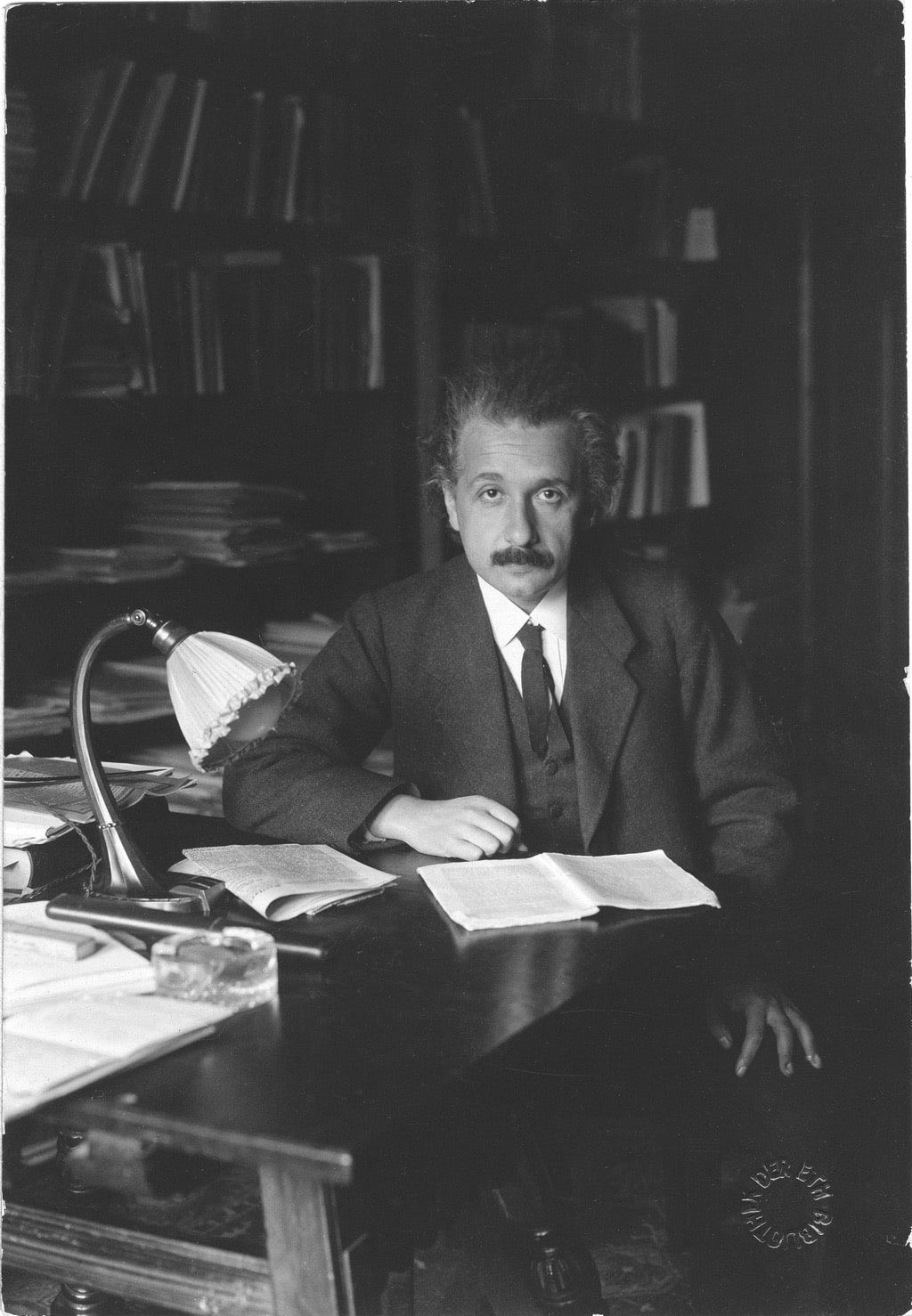
The 10 Most Enduring Myths in American History
Even the idea of "fake news" being a relatively new phenomenon is, well, fake news. Our country was founded on fake news, and our first president—well, first-ish, but we'll get to that later—had so much fake news written about him that he makes Trump look like an amateur. People are still claiming that Washington had wooden teeth. He actually had dentures made out of metal and ivory, and you can see the things on display at his home in Mount Vernon. But nope, the myth about his wooden teeth continues to endure two centuries later.
1. Witches were burned at the stake at Salem.
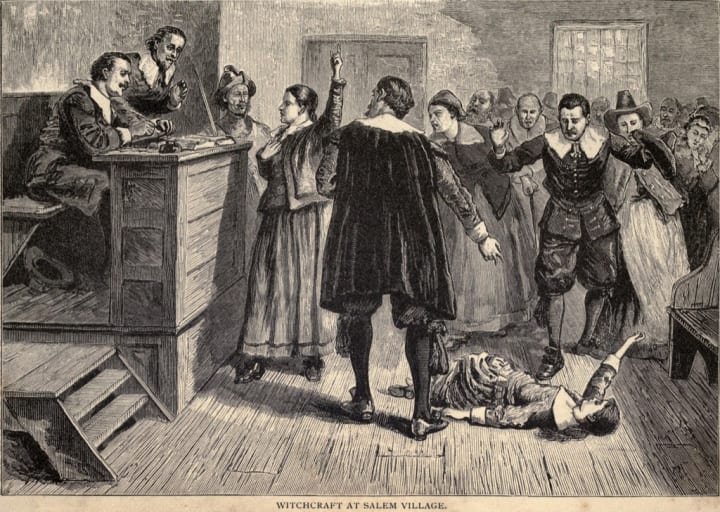
If you're looking for examples of epic Jerkdom, you can't do much better than the witch trials of Salem, Massachusetts. Between February, 1692 and May, 1693, nearly 200 people were accused of practicing "the Devil's magic," including the elderly, homeless, and a 4-year-old girl who was grilled on the stand. Most were jailed, but 19 were hanged on what would soon be known as "Gallows Hill," and a 71-year-old man was crushed with heavy stones. But nobody got burned. Nada. Not a single person ever shouted out, like a character from a Monty Python sketch, "She's a witch! Burn her!" Sorry.
2. Cowboys wore cowboy hats.
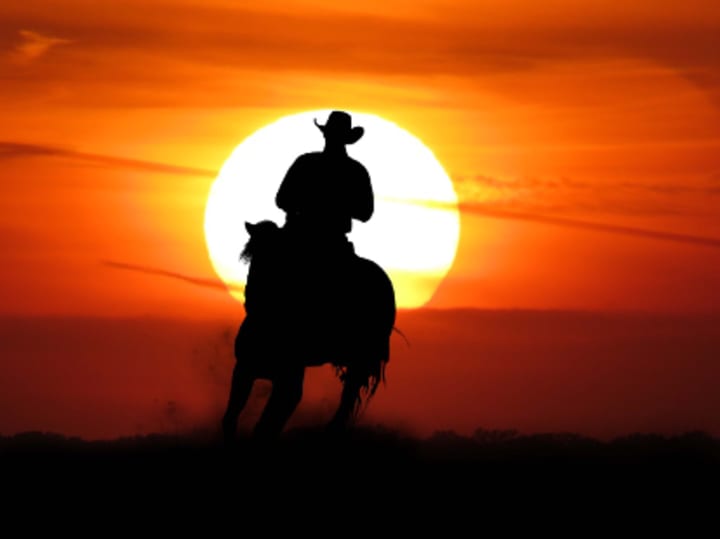
Have you ever seen a photo of an actual cowboy—not actors like John Wayne or Clint Eastwood, we mean real cowboys like Butch Cassidy, Wyatt Earp, Bill Doolin, or Billy the Kid —when they're wearing cowboy hats? Probably never. Real cowboys from the American frontier, both the good guys and the bad guys, had no interest in those big, bulky Stetsons that everyone associates with them. The most popular headgear among 19th century gunslingers was a bowler, sometimes called a derby. We don't know what Billy the Kid is wearing in his most iconic photo. Maybe an almost crushed top hat?
3. The 1929 Wall Street crash caused many suicides.

Black Tuesday, October 24, 1929, is still considered the most shocking stock market crash in U.S. history. Not just because of the financial devastation, but because of the bodies that apparently rained from the sky in New York and other cities, as financially ruined investors jumped from skyscrapers. Except, well, it didn't really happen. There were only two suicides by jumping from tall buildings after the Wall Street crash, and one of them was an elderly female clerk named Hulda Borowski, who may or may not have made the leap because her stocks had plummeted.
4. Einstein was bad at math.
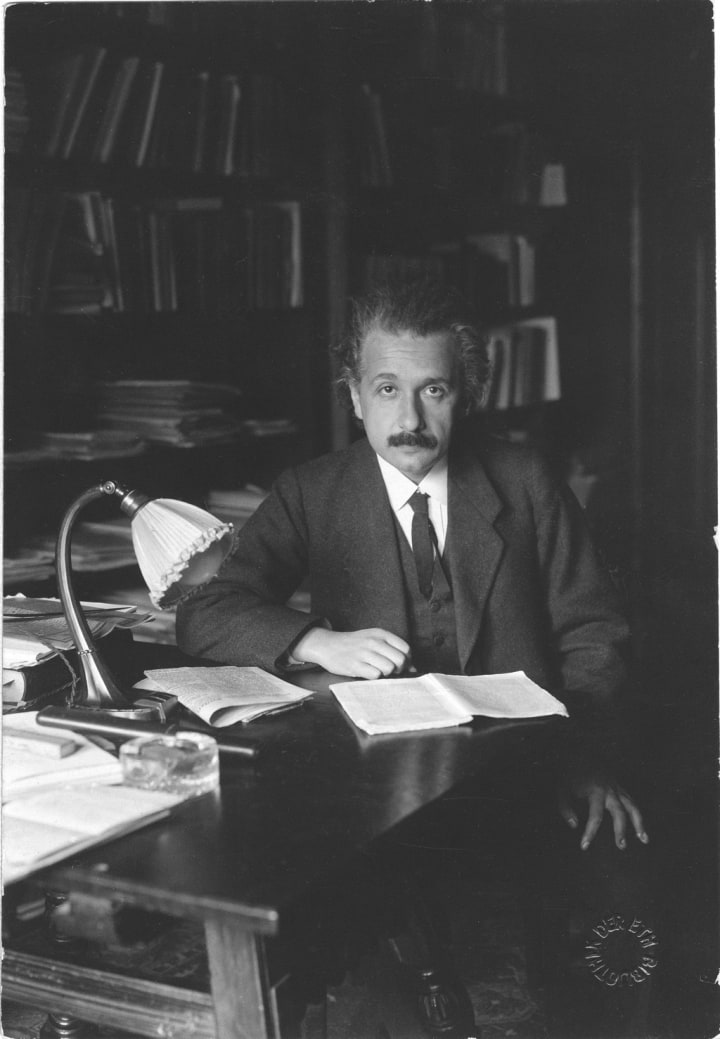
It's one of those stories that people with bad grades love to tell. "Sure, I flunked my math test, but so did Einstein." Yeah, sorry to burst your bubble, but that's in no way true. Einstein was always brilliant, even at an early age. The story that he was terrible at math was invented by a Ripley's Believe It or Not! newspaper column in the 30s, with the click-baiting-before-click-baiting-was-a-thing title "Greatest living mathematician failed in mathematics." When a Princeton rabbi shared this story with Einstein in 1935, he just laughed and said, "I never failed in mathematics. Before I was fifteen I had mastered differential and integral calculus."
5. Lincoln was 500 percent against slavery.
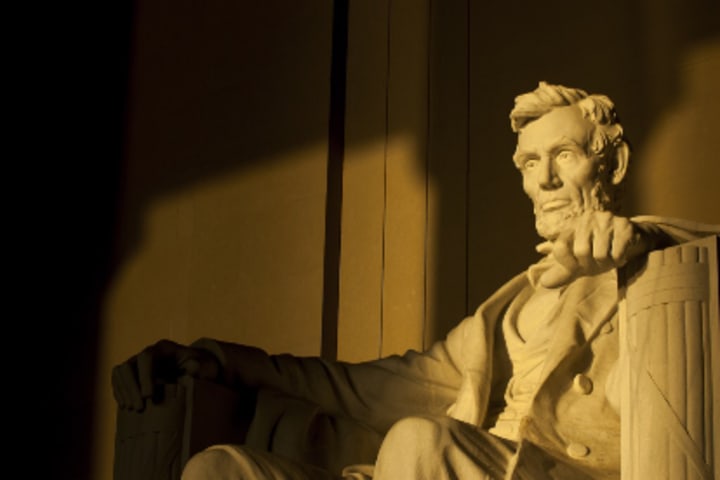
Abraham Lincoln may have given us the Emancipation Proclamation in 1862, but he had complicated and conflicting ideas about slavery. In an 1862 letter to a prominent newspaper editor, he shared these ambiguous emotions: "If I could save the Union without freeing any slave I would do it, and if I could save it by freeing all the slaves I would do it; and if I could save it by freeing some and leaving others alone I would also do that. What I do about slavery, and the colored race, I do because I believe it helps to save the Union." So yeah, it's fair to say that Lincoln freed the slaves. But it's also fair to note that he was totally open to a plan B.
6. Thanksgiving
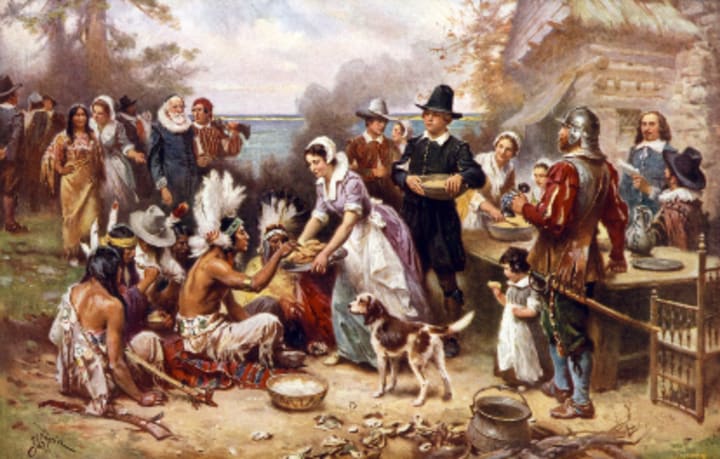
Pretty much everything you know about Thanksgiving isn't true. The story we're told, time and time again, is about Pilgrims having a happy meal with Native Americans, and everybody realizing, "Hey, we're not so different from each other after all. Let's have some turkey and stuffing to celebrate." Nope. The real story involves plagues, and Pilgrims showing up because they thought the Native Americans were sick or dead, so it'd be easy to steal their food. It's probably closer to the holiday experience many people experience today, with all the screaming and tears and accusations and hurt feelings. Just add in a lot more violence to make it a little more realistic.
7. The War Of The Worlds caused mass hysteria.
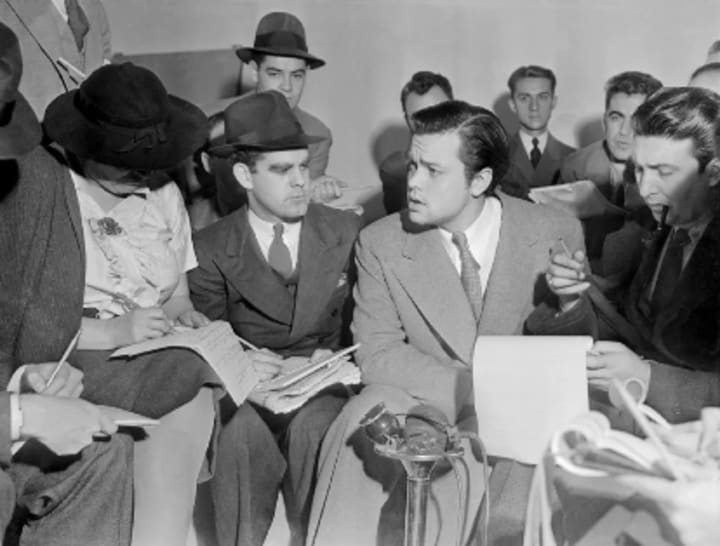
Orson Welles fooled the world with his 1938 radio broadcast, an homage to H.G. Wells that reported on a Martian invasion as if it was a thing happening in the real world. Thousands bought into the prank. Okay, hundreds. Fine, a baker's dozen. At least one guy, a farmer, who may or may not have been coaxed into posing for a photo for Life Magazine while angrily brandishing a shotgun. The point is, Orson Welles tried to trick listeners into thinking we were under attack from extraterrestrials, and at least one guy in overalls believed him, so obviously mass hysteria!
8. Thomas Edison invented the electric light bulb.
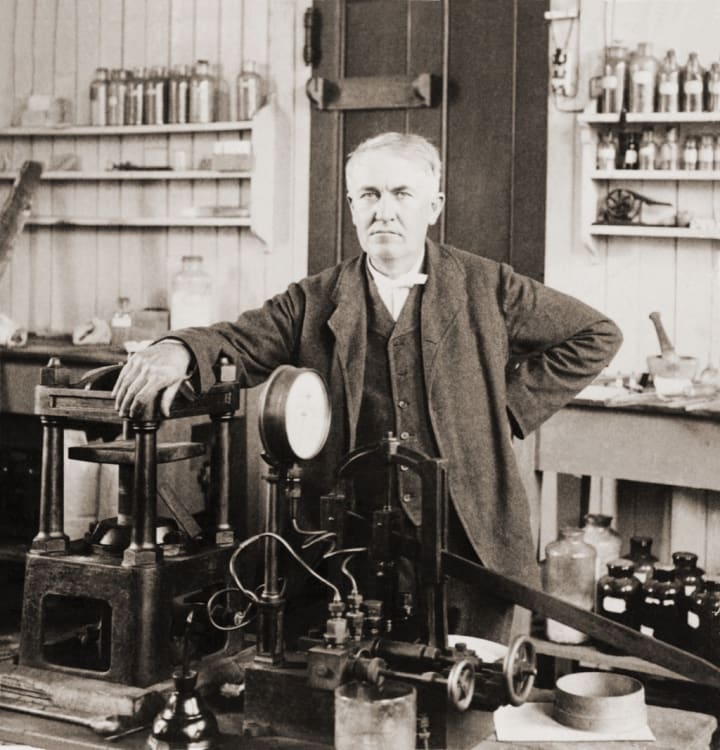
Edison had a record number of patents—1,093, to be exact—and the vast majority of them weren't his own inventions. He was just a guy smart enough to find real inventors and steal their ideas before they could take the credit. Edison got the patent for the light bulb in 1880, but it's true father was Warren de la Rue, a British astronomer and chemist, who created the first light bulb forty years earlier.
9. Pocahontas fell in love with John Smith.
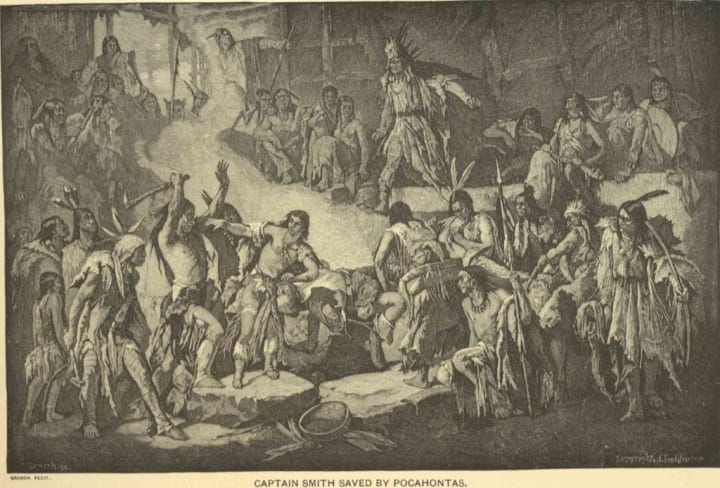
Never get your history for Disney movies. The essence of the Pocahontas/John Smith story is true. A young Native American girl did befriend an Englishman, and their relationship may have saved the Jamestown colony. But Pocahontas was just 12, which would make a romantic relationship with a 28 year old dude just gross, even by 17th century standards. Also, her real name wasn't Pocahontas. That was just a nickname, roughly translated as "Little Playful One" or "Little Mischief." Her more formal names—she had several—included Matoaka and Amonute.
10. A young George Washington "cannot tell a lie."
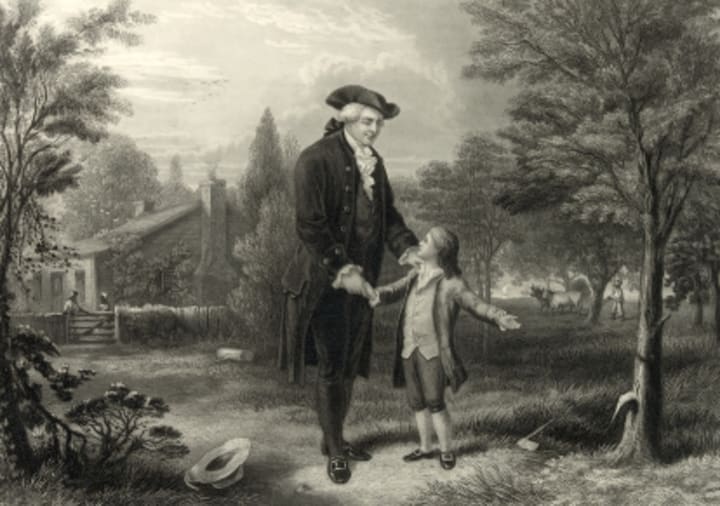
According to legend, when George Washington was just six years old, he chopped down his dad's cherry tree with a hatchet. When his dad confronted him about it, George supposedly confessed to everything, claiming "I cannot tell a lie." A nice tale, if only it was true. Turns out, the story first appeared in an 1806 autobiography of Washington, whose writer admitted that he was just trying to show how our most beloved president's "unparalleled rise and elevation were due to his Great Virtues."
About the Creator
Daniel B. Usang
The Home of Scary/Creepy & Historical Events Content
Your Mind is
A Wonderland of
Your Imagination
Make it Beautiful!
Join us and support Fellow Creators with Reads and Likes ❤️❤️🙏


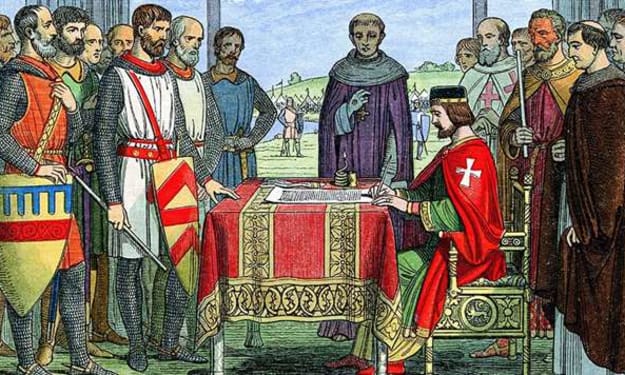



Comments
There are no comments for this story
Be the first to respond and start the conversation.